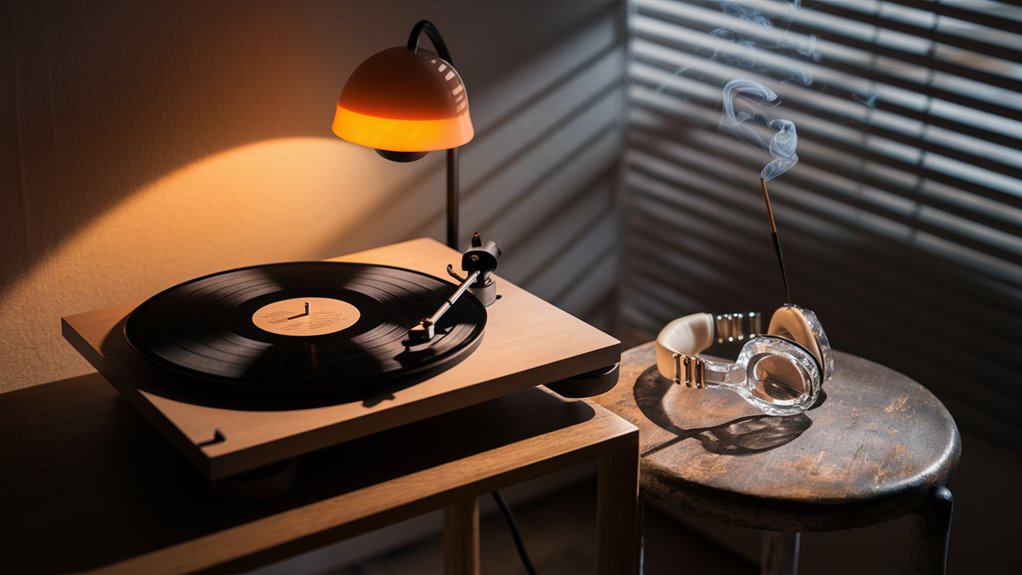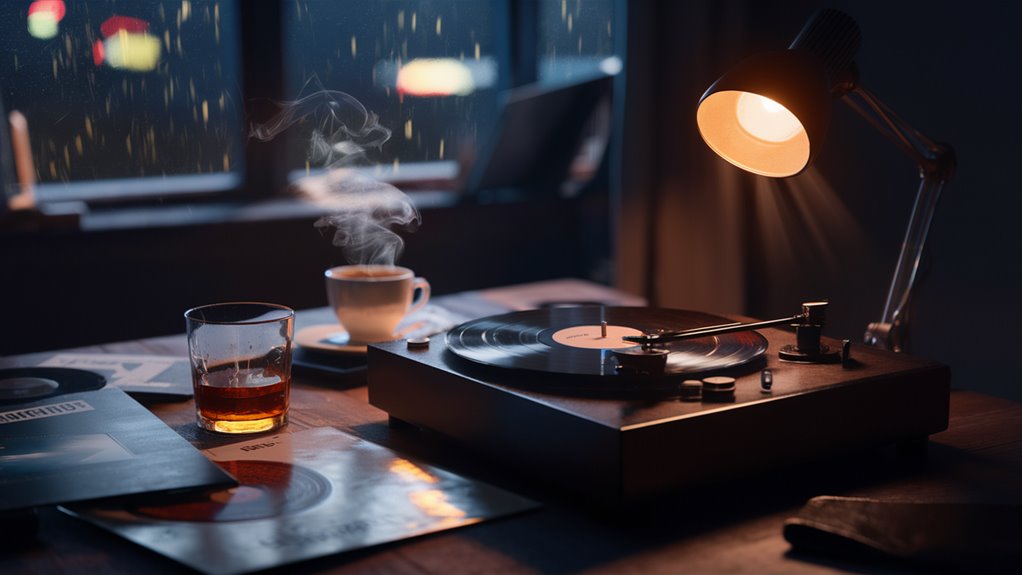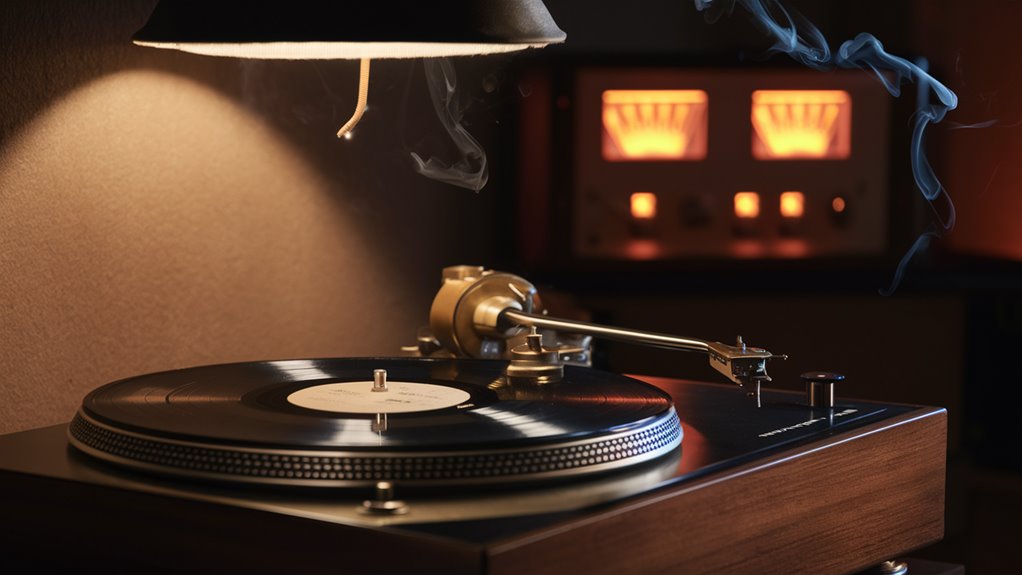
Hidden Gem Solo Songs for Late Night Sessions

Creating the Perfect Nocturnal Soundscape
The best late-night solo tracks work best in the 60-85 BPM range, with rich air production and close, warm singing. The mix of long echoes and near-mic vocal ways makes a deep sound world perfect for night listening. 호치민 밤문화 팁 더 보기
Essential Elements of Late Night Music
Simple compositions by leaders like James Blake and Sevdaliza show the power of smart sound creation and bold new ways. They are great at using deep bass sounds with air details to set the bar for night music dives.
Optimal Listening Experience
Technical Specs
- Vocal part level: Keep below 30%
- Sound build: Focus on air echo
- Sound mix: Use strong deep bass
- Build style: Simple set up
Listening Place
- Tools: Top-end noise-stopping headsets
- Light: Soft, low glow
- Place: Quiet, alone spot
- Time: Best hours are between midnight and 3 AM
The deep layers of these sound gems show up best when heard in the right spot, turning simple hearing into deep music think time. How to Make Karaoke
What Makes a Late-Night Song
Sonic Features of Late-Night Music
Late-night songs have clear sound marks that make a close night air. These tracks often have slow beats between 60-85 BPM, using wide echo and space effects that add depth. The main sound colors use thick bass sounds and soft tools, great for night ear time.
Sound Build and Sound Work
The key to good late-night sound is how they handle soft and empty bits. Main parts are:
- Long fade times let notes end in the air
- Warm old sounds not sharp new tones
- Few drum layouts
- Long air parts like pads, strings, and soft synths
Mood and Music Mix
Late-night tunes are great at making deep moods with smart music bits:
- Scale chords keep mood steady
- Soft chord changes not sharp turns
- Close-mic singing ways
- Soft singing makes a close link
These parts come together to make the perfect night ear time, just right for those who seek music pals in the quiet times.
The Artists Behind the Magic
Pioneers of Night Music
James Blake changed the night sound world with simple piano bits and voice full of echoes that move through the air. Frank Ocean’s big works and The Weeknd’s early mixes set the base for modern night tunes.
Masters of Air Production Today
Sevdaliza lifts sound work with haunting tunes that mix bold and simple parts. FKA twigs shows top skill in new sound work, super clear in works where new ways meet deep feel in balance for night ear time. Nujabes’ mix of jazz bits and hip-hop beats sets a lasting model for makers in the night music kind.
Finding Your Perfect Alone Song
Knowing Sound Bits for Ideal Alone Time

Beat choice is key in making the perfect alone spot. Low BPM tunes (60-80) boost deep think and alone time, while mid-beat tunes (90-110) keep your mind in but not too busy.
Music Mix and Texture Bits
The music mix marks your alone time:
- Solo piano works like Keith Jarrett’s plays give rich note links
- Air tunes like Brian Eno’s works show simple textures
- Stereo split and echo marks make deep sound worlds
Making Your Alone Time Sound Best
For Deep Focus Times
- Simple tunes with the same bits
- Small loud range
- Clear beat plans
For Deep Feel Work
- Themes that grow slow
- Soft chord changes
- Music that builds as it goes
First Point Tunes
Key alone tunes to start your picks:
- Max Richter’s works
- Nils Frahm’s pieces
- Brian Eno’s pieces
Each piece shows different sound bits that help see your likes in alone music picks. Think of space feel and room sound points when picking tunes.
Try different mixes during different times and head spaces to spot the best sound times.
Building Your Midnight List
Right Sound Bits for Night Time Ear Time
Building the top midnight list needs picking sleep-pulling music parts. Pick tunes with 60-80 BPM and few drum bits. Choose tunes with long notes, air textures, and slow builds.
Making the Perfect Flow
Set a soft rise curve through your list build. Start with down-beat tunes with clear tunes, then move to air feel pieces. Add two-ear sound bits and keep the same loud range to stop loud jumps.
Deep List Build
Sound Work Bits
- Same sound range in all tune picks
- Texture changes that fit
- Not much singing (30% most)
- Smart music bits
Tech Bits to Think
- Key match between tunes
- Time match for smooth tune moves
- Sound match through the list
- Sleep-ready sound points
Make smooth tune moves by matching music bits and keeping the same energy. This makes an all-in ear time that adds to your body’s sleep ways.
Past Usual Sounds
Trying New Sound Worlds
Night ear time goes to new spots when you step past usual lists. New music kinds give rich sound lands, through new music makers like Tim Hecker and William Basinski. Their broken air tunes build deep sound worlds for night hours.
New Sound Tries
Microtone tunes and field sounds are at the front of new music. Makers like Oneohtrix Point Never join synth tunes with mixed sounds, making layer-rich worlds. The simple air drones of Éliane Radigue show how long tones bring deep think states.
New Ways in Old Sounds
The growth of usual tools rises through bold soloists. Nils Frahm’s piano ways and Sarah Davachi’s organ tunes show new chances for old tools. These people’s new takes on chords and time setups make deep sound worlds for alone ear time.


